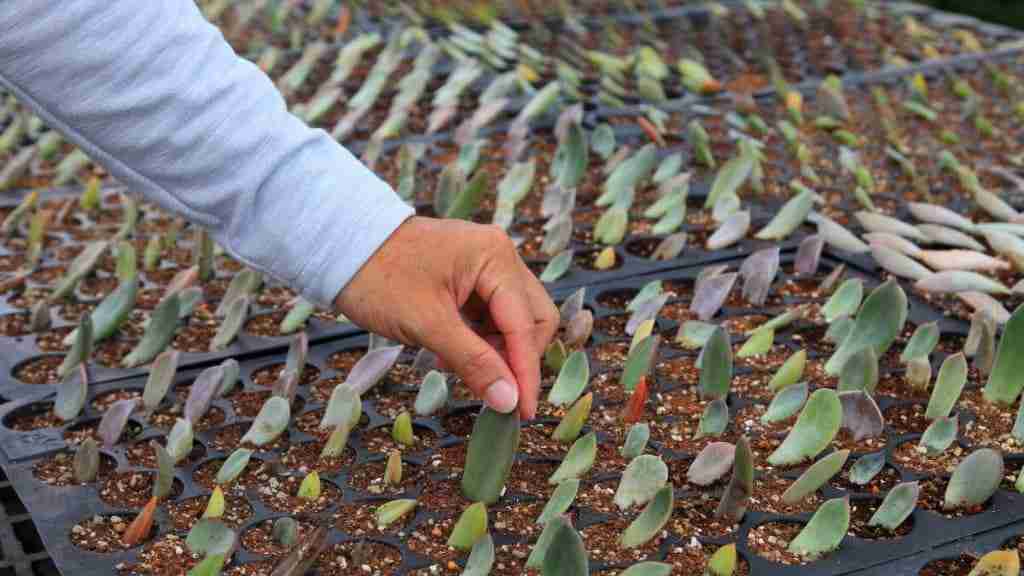
You’ve seen a stunning succulent plant you must add to your collection. The only option is to get stem or leaf cuttings and grow your own. You’re down for the challenge but have no clue how to propagate succulents naturally. Do you bury the cuttings in some soil and wait for nature to do the rest? Will the succulent grow with this approach?
If you’ve never propagated succulents before, you probably have a million questions going through your mind. It’s understandable. But don’t fret.
If you don’t want to use commercial rooting hormones, there are many natural ways to propagate succulents. The top among these is honey. Learn how to propagate your succulents with this readily available item.
Also see: How To Water Succulents Without Drainage: A Complete Guide.
Cut the Leaf or Stem
You can multiply succulents by using leaves or cuttings only. If you want to have multiple small plants, leaf cuttings are the way to go. However, you must pluck the leaves carefully to avoid damaging the mother plant.
For starters, make sure you pluck the leaves at the base of the plant. This way, the mother plant maintains its aesthetic appeal. Also, don’t pluck too many leaves. Pick a few healthy-looking ones.
Using the right plucking technique is crucial to avoid uprooting the mother plant. The best way to do it is to twist the leaf in one direction until it snaps gently.
Ensure the leaf doesn’t break apart when you’re plucking it. The goal is to get the leaf clean from the stem. Otherwise, propagation won’t work.
Cutting the Stem
Plucking is a bad idea if you’ve decided to work with stem cutting. You risk uprooting or damaging the mother plant. The best way to do it is by using shears or scissors.
Cut the stem just above the leaf node. You can cut off a new shoot or an extra stem in the mother plant.
Dry Out the Leaf or Stem
Once you have your preferred cuttings, don’t rush into placing them into the soil. When the cuttings are fresh out of the mother plant, they can easily get infected when they come into contact with the soil.
This will only lead to rotting, and your plant won’t grow. Therefore, the next step is to dry your cuttings until they callus over at the end.
The callus creates a barrier against fungus and bacteria, preventing infections that cause rot. To dry the cuttings:
- Place them on a clean surface where they’re exposed to direct sunlight.
- Leave them there for 3 to 4 weeks.
- Check if a callus has formed on the end. If it has, the plant is ready to propagate.
- Prepare the succulent soil mix and proceed to the next step.
Also see: How To Get Rid Of Worms In Potted Plants: A Quick Guide
Use the Honey to Propagate
Now for the long-awaited moment – propagating your succulents with honey. Take your dried leaf or stem cutting and dip the dry end in the pure raw honey to create a thin layer.
If the honey is too thick, you can water it down by adding two tablespoons of warm water. Next, lay the cuttings on top of the soil on a pot or tray. Don’t bury the cuttings in the soil. For the best results, leave them on top of the soil.
The next step is encouraging your succulents to grow. To do this, lightly mist the succulents with water twice a day. However, don’t water them directly just yet. Keep misting the soil whenever you notice it’s completely dry. If you continue this practice, you’ll notice some roots sprout in the next few weeks.
However, the rooting period varies from one succulent plant to another and may be affected by factors such as climate and season. Therefore, be patient.
Also see: Can You Plant Succulents In Rocks? Pros & Cons Of Doing So
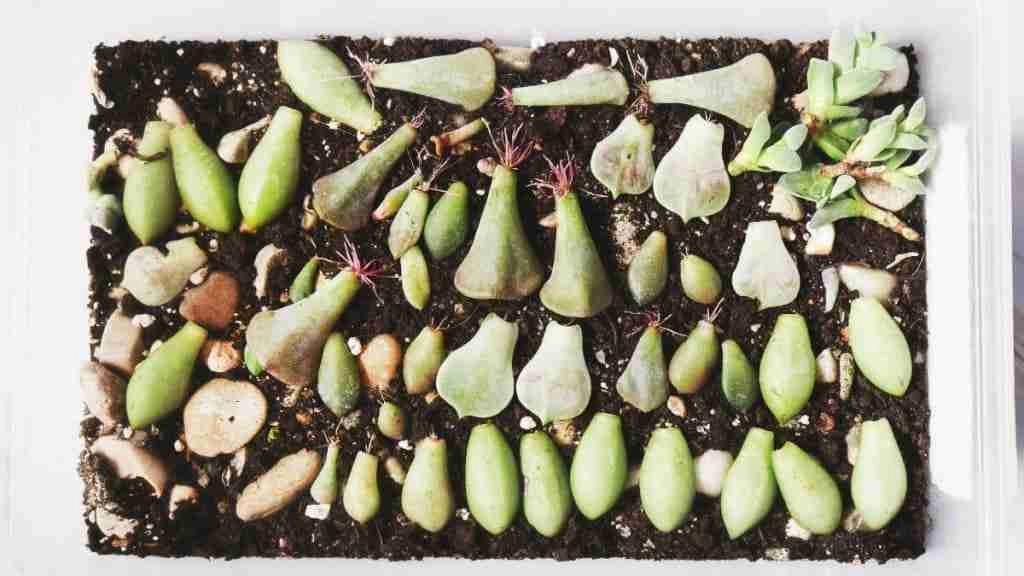
The Benefits of Honey for Succulent Propagation
You’re probably wondering what makes honey such a good natural rooting hormone. Well, honey is an organic rooting stimulant that you need to propagate succulents. However, don’t use any honey lying around your house. It’s vital to use pure raw honey. Processed honey, in most cases, contains added sugar, and the pasteurization process makes it lose valuable elements.
So, how exactly does honey work, and why is it effective for succulent propagation? Honey is a natural anti-fungal and antiseptic product. As a result, it keeps the bacteria and fungus in the soil at bay, thereby allowing the rooting process to happen uninterrupted.
Besides, honey is readily available and has an impressive success rate of producing roots. It may not be the fastest, but it’s a better and more affordable alternative to synthetic hormones.
What You Should Do After Propagation
You’ve propagated the plants and followed the right misting practices, and you can finally see the roots sprouting after weeks of patience. What should you do next? At this point, you’re probably over the moon and can’t wait to pot the plant. But hold your horses. Once you see the roots, you must wait a few more weeks for them to keep developing and strengthening.
This way, you’ll have a better chance of growing the plant to full form. When you’re confident, the roots are fully developed, remove the leaf you started the propagation with and plant the clone in a proper pot with a succulent soil mix (more on this later).
Keep the plant in a shaded area and slowly assimilate it into the sunlight. Continue the proper watering practices and be patient as you watch your clone succulent grow.
Also see: What Temperature Is Too Cold For Succulents? This Cold!
How to Increase Succulent Growth
Compared to synthetic rooting hormones, honey is quite slow. If you’re using synthetic rooting hormones, you’ll probably see results within 3 to 4 days of getting the cuttings. Honey can take up to2 weeks to work. However, this shouldn’t discourage you from using the natural root stimulant. With the right approach, you can speed up the process.
Consider the following tips when you’re planning to propagate your succulents. These tricks will not only help you achieve faster results but get healthy-looking succulents and increase your chances of successful propagation. Let’s dive right in.
Get Your Cuttings from a Healthy-Looking Succulent
The first thing you need to do is to assess the mother plant carefully. The state of the parent plant will give you an idea of how difficult or simple the propagation process will be. You should look for green, lively, and fully rounded succulents. These features are an indication of good health. Therefore, you won’t have a difficult time propagating with such plants.
It may not be the best option if the plant has yellow or browning leaves and appears withered. Such characteristics indicate that the plant needs more care before it’s ready to cut for propagation purposes. In such a case, it will mean more work for you.
However, color change doesn’t always mean the plant is unhealthy. The leaves of the plant may be changing color because the plant is exposed to too much sunlight or isn’t getting enough water. Try changing the conditions and taking care of the plant to see if it changes before plucking anything for propagation.
Choose the Soil Wisely
Different varieties of succulents require different types of soil. Therefore, knowing what type of soil will work well for your cuttings is crucial. However, whichever soil you choose, you should ensure it has sufficient drainage. This is crucial for all succulent plants.
You can make your own soil for succulents with the right ingredients. For this, you’ll need:
- Succulent soil mix or African violet mix
- Organic matter: peat moss, coir, or compost
- Inorganic matter: chicken grit, pumice, crushed granite, perlite, calcined clay, or coarse sand
Steps for Making the Soil
Once your ingredients are ready, follow these steps to create succulent-friendly soil.
- If you want the best potting soil for your succulents, it’s best to start with a succulent or African violet mix. You’ll find these in most gardening supply stores.
- Next, add the other ingredients. The goal is to make soil with excellent drainage that can hold up for a long time without compacting.
- The first ingredient should be organic matter. Fill half the pot with the organic matter. Peat moss is the most popular for potting soils. However, it is difficult to wet and tends to dry out fast. Coir is a better alternative. It’s easy to wet and very slow to decompose. You can also use compost, but it decomposes faster than coir.
- The second half of the pot should be filled with inorganic matter. However, if you’re growing a small succulent such as Aloe Vera, you’ll need less of the drainage ingredients.
- Once you’ve mixed all the ingredients, wet some of it generously and form a ball using your hands. The mixture won’t have good drainage if it compacts together without crumbling. Add more of the inorganic matter and wet again. Keep repeating until the mixture crumbles when you stop squeezing.
Ensure the Plant is Getting Sufficient Sunlight
Succulents need sufficient sunlight to grow. Therefore, for the best results, you must ensure your propagated cuttings get sufficient sunlight indoors or outdoors. If you notice the plants are starting to change color, it may indicate that they’re not getting enough sunlight and you have to move them.
If it’s in the winter, you’ll need to use artificial lighting to ensure your plants have the right conditions throughout the year. You can use camp lights or lights specifically made for plants.
Water the Succulent as You Should
When it comes to succulents, you must strike a balance in watering. You can’t water them too much or too little. Too much water will drown your succulents, very little will cause it to wither, but right will enable it to flourish and grow.
As you’ve probably noticed, all succulents have thick leaves. This is where they store water and how they’re able to survive in harsh climatic conditions such as the desert. Therefore, you should only water the plant when it needs it.
How can you tell? You can tell the plant needs to be watered by observing the soil and leaves. If the soil is completely dry and the leaves have started looking transparent, it’s time to water the succulent.
Ensure the Pot Has Sufficient Drainage
As we’ve mentioned, succulents don’t need to be drenched in water. These plants have adapted to harsh climatic conditions because those are the conditions in their natural habitat. Therefore, you need to provide the plant with the same conditions while growing them home.
Apart from using the right watering technique, ensuring the pit has sufficient drainage is crucial. To do so, make small holes at the bottom of the pot to allow drainage of the excess water. This way, the water won’t accumulate in the pot due to consistent watering.
Be Patient
You may want fast results when you see a beautiful succulent plant you’d like to add to your collection. Unfortunately, this isn’t possible, especially if you plan to use natural root stimulants like honey. You see, it takes up to 3 or 4 weeks for the cuttings to dry sufficiently, so they’re ready to propagate.
And when you apply the honey, you’ll have to wait another 2 to 4 weeks to see roots sprouting, depending on the type of plant, climatic conditions, or time of the year. Therefore, don’t go in expecting fast results. Be patient; before you know it, you’ll have that beautiful addition to your collection.
Don’t forget to care for your plant well. Consistency will ensure the growth process doesn’t stop or slow down.
The Best Succulent Plants to Propagate Using Honey
Now that you know how to propagate succulents using honey, you’re probably wondering which plants are the best and easiest to grow.
Below are some of the best plants to propagate using honey.
Echeveria
If you love voluminous succulent plants, echeveria is a no-brainer. Most people love this succulent plant because of its thick rosette-like leaf structure. These succulent plants are slow-growing and normally grow in a spread. However, the best thing about them is that there are various options to choose from, seeing that there are over 150 varieties of echeveria.
This succulent also produces a lot of baby plants. Therefore, it’s the perfect option for propagating. Not to mention, because it has numerous leaves, it’s an excellent option for leaf propagating. The only problem with this succulent is the fact that it’s prone to rotting due to its sensitivity to water. But this shouldn’t be a problem if you follow the right watering and drainage techniques.
Echeveria thrives in full sunlight and well-drained soil. During propagation, you only have to lay the leaf with the dried part covered with honey on top of the soil. Keep misting the plant occasionally, and you’ll start noticing roots sprouting at the base of the root. The leaf will wither away gradually.
Also see: Can All Succulents Survive Winter? Here’s What I Think
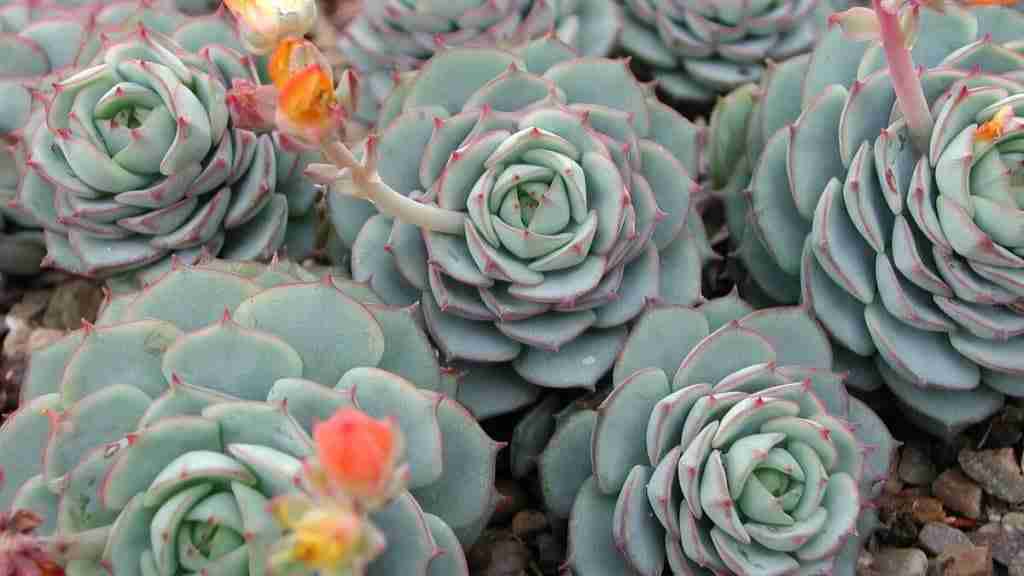
Jade Plants
The presence of jade plants in an office or house is considered auspicious. These succulent plants feature vibrant green leaves that add life to any room they’re in. The leaves are known to symbolize growth and renewal and closely resemble jade coins, which are a symbol of wealth. Who doesn’t want to have such vibes in their home?
And that’s just the tip of the iceberg. Apart from its incredible aesthetic appeal, the jade plant is also effortless to grow. Because it has numerous leaves, you can cut some of them for propagating. However, like echeveria, this succulent plant rots easily when exposed to too much water.
Therefore, you must watch how much water you give the plant and ensure the pot has excellent drainage. To propagate with honey, you’ll need to dry the leaves and dip the dried end in some honey. Next, place the leave on top of the soil and leave nature to do the rest.
Also see: How Often Should You Be Watering Your Terrarium? This Often!
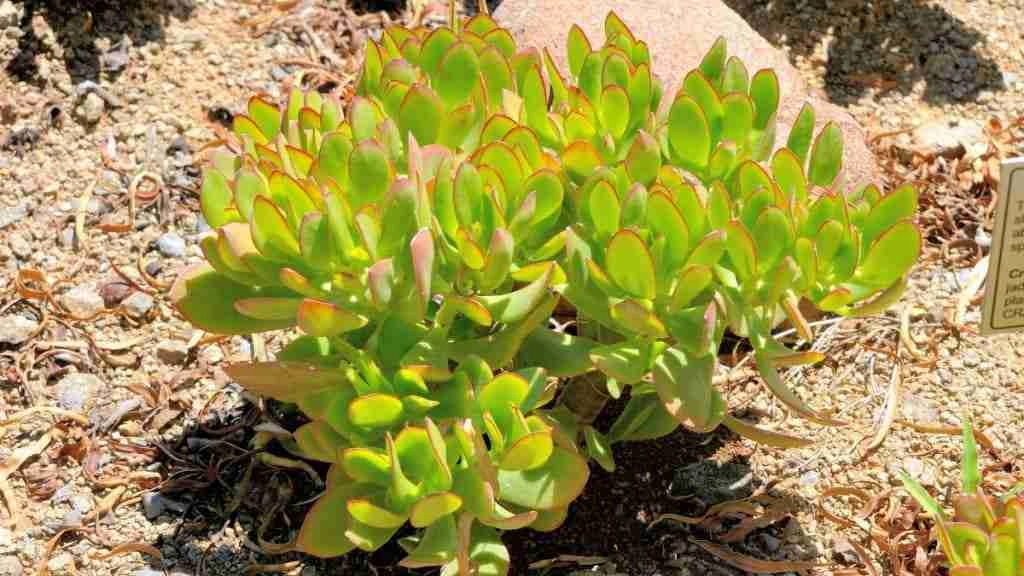
Aloe Vera
Ah, Aloe Vera. It’s undoubtedly the mother of all succulents and comes packed with endless benefits. From adding a splash of color to the home to providing myriad health benefits, there’s no reason you shouldn’t have this plant in your home.
You can propagate Aloe Vera leaves or stems because the plant has large leaves and easily accessible stems. The propagation steps are the same – cut, dry, apply honey, leave on top of the soil, and grow in soil when roots have matured.
However, there’s one unique thing about Aloe Vera that you should know. This succulent plant needs to be placed in full sunlight. You should also water it as soon as you notice the soil is dry. Failure to do so will result in the leaves cracking. It’s not a pretty look, especially if you’re growing the plant for its aesthetic appeal.
Also see: Can Succulents Grow in Shade? Here’s the Truth
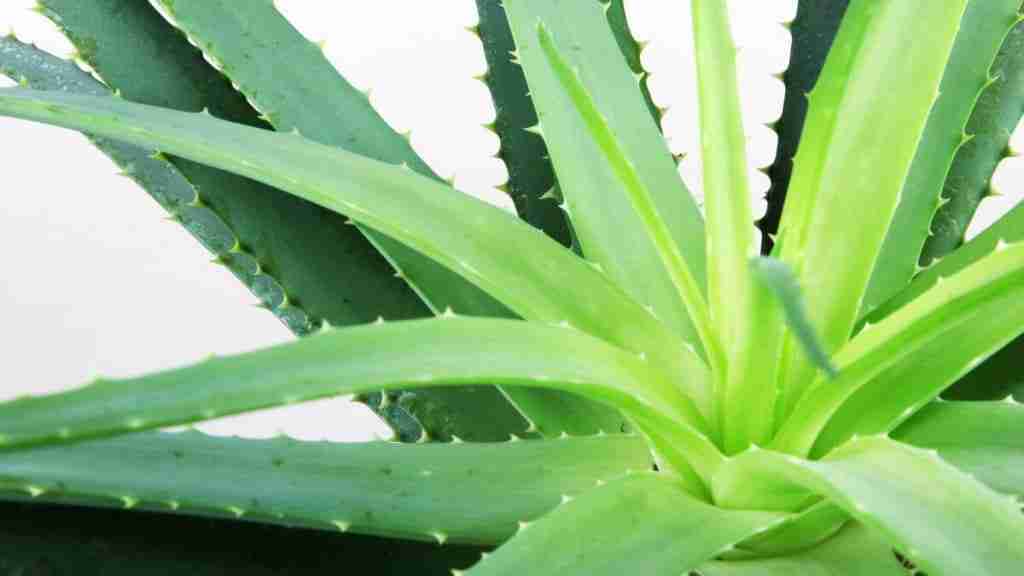
Zebra Plant
Zebra plant has got to be one of the most beautiful succulent plants. As its name suggests, it has striped leaves that make it stand out. What’s more, this plant can grow up to 5 inches tall. The best thing about it is that it requires little maintenance compared to other succulents. For starters, you can get away with exposing it to only a minimal amount of sunlight.
And like most succulents, you won’t have to water it often. Propagation is also hassle-free. Because it has numerous leaves, you can propagate the leaves without ruining the mother plant’s aesthetic appeal. Alternatively, you can cut the stem from the extra branches growing from the main plant.
Follow the propagation steps mentioned before, and you can have as many baby zebra plants as you wish, provided the mother plant is big enough.
Also see: 5 Succulent Christmas Ornament Ideas For Diy Enthusiasts!
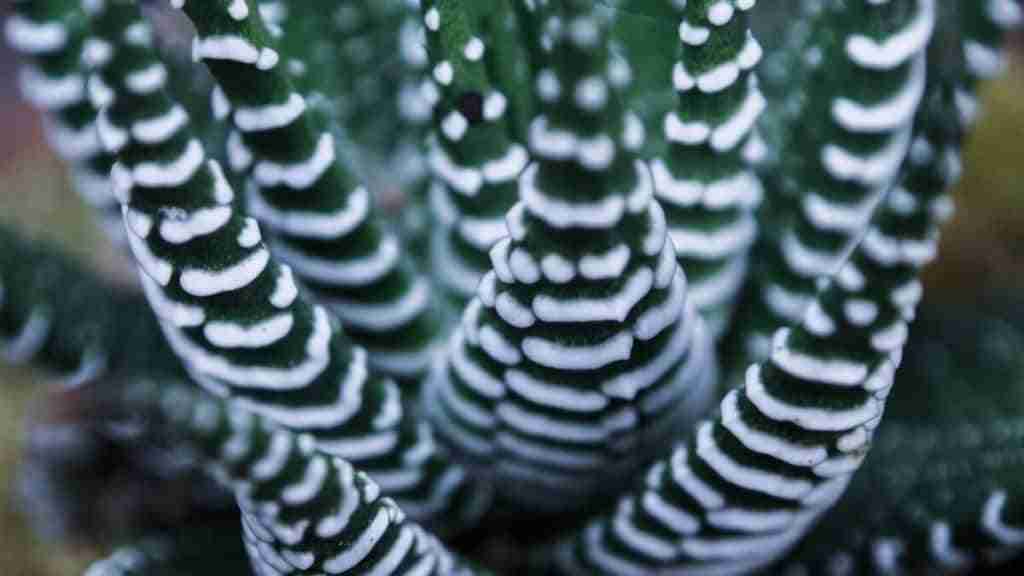
Sedum
Sedum is a large species of succulents that feature fleshy leaves and stems. The succulents produce star-shaped flowers and are commonly known as stone crops. They gradually cover rock walls as they grow, creating a beautiful layout. Therefore, if you have one, it may be the perfect addition to your rock garden.
One of the best things about sedum is that you’ll have multiple options for propagating. You can propagate the seeds, leaves, or stems. However, most people prefer to cut the leaves and stems because they are easier to propagate.
Once you’ve cut the leaves or stems, give them time to heal. Afterward, apply some honey to the dried area and stick the cuttings into potting soil. The leaf will get rooted within 2 to 3 weeks, and you’ll start noticing plantlets forming. The same applies to stem cuttings.
Also see: What To Do With Aeoniums After Flowering: Things To Keep in Mind.
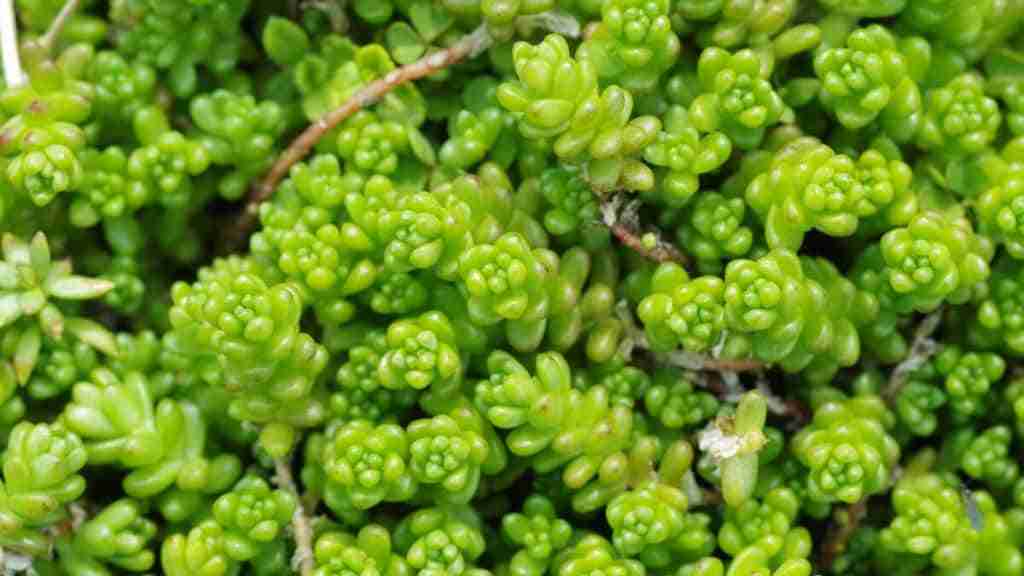
Kalanchoe
If you love bright and colorful succulents, kalanchoe won’t disappoint. This succulent is known for its bright and colorful leaves. Kalanchoe plants are commonly referred to as widow’s thrill. These plants need watering once a week and thrive in the bright shade instead of direct sunlight.
You can propagate kalanchoe seeds, stems, or leaf cuttings like sedum. However, gardeners prefer stem propagation. For stem propagation, you need to take a cutting that’s about 4 to 5 inches long. Take out the leaves at the base and leave the stem to heal for a few days.
Once the stem is healed and dry, apply some honey and place it in potting soil. You should start noticing the stem rooting after a few weeks. During this time, mist the plant a few times a week. You should start watering when the roots have matured and you’ve planted them inside the soil.
Also see: How To Get Rid Of Golden Rain Tree Bugs: A Complete Guide
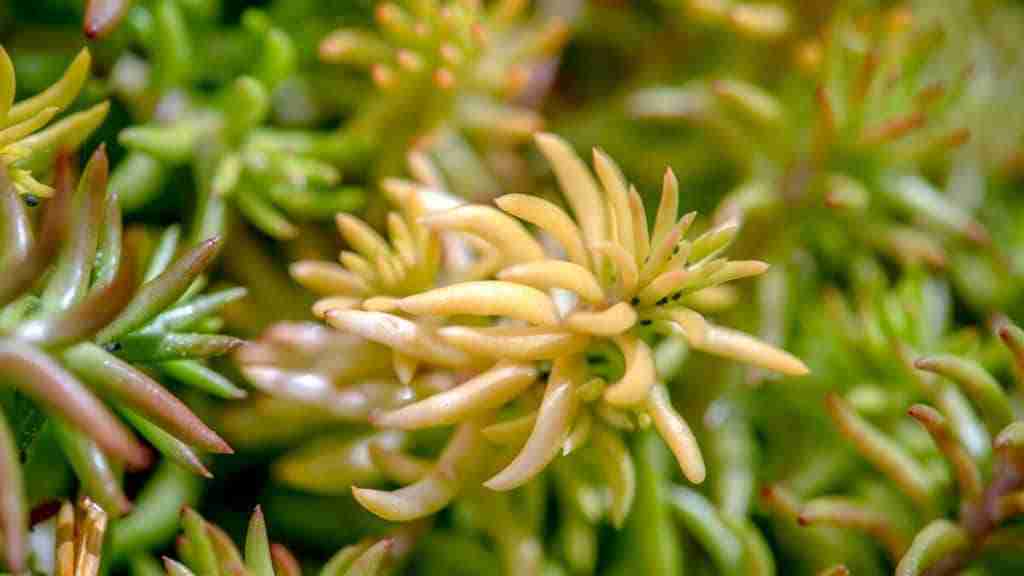
Crown of Thorns
Despite its odd name, a crown of thorns is a succulent plant you’ll enjoy having in any living space. This plant produces flowers that can bloom all year round if well taken care of. You can propagate its seeds, stem, or leaves to create baby plantings. However, germination is not often reliable. Therefore, most gardeners find it easier to propagate the leaves and stems.
To propagate a crown of thorns plant, do the following:
- Identify a healthy-looking plant to get your cuttings.
- Using scissors or sheers, cut the leaf or stem. The cuttings should be a good medium of equal parts peat and sand that has been previously moistened. Therefore, it’s best to get your cuttings at the base of the plant instead of at the top.
- Give the cuttings a few days or weeks to dry before proceeding to the next step.
- Dip the callused end into the honey
- Place the cuttings on a pot of soil. Rooting can take up to 14 weeks, so be patient.
- To achieve a fuller effect, bury several rooted cuttings in a 4 to 5-inch pot of soil.
Also see: How To Remove Aphids From Kale: A Quick Guide
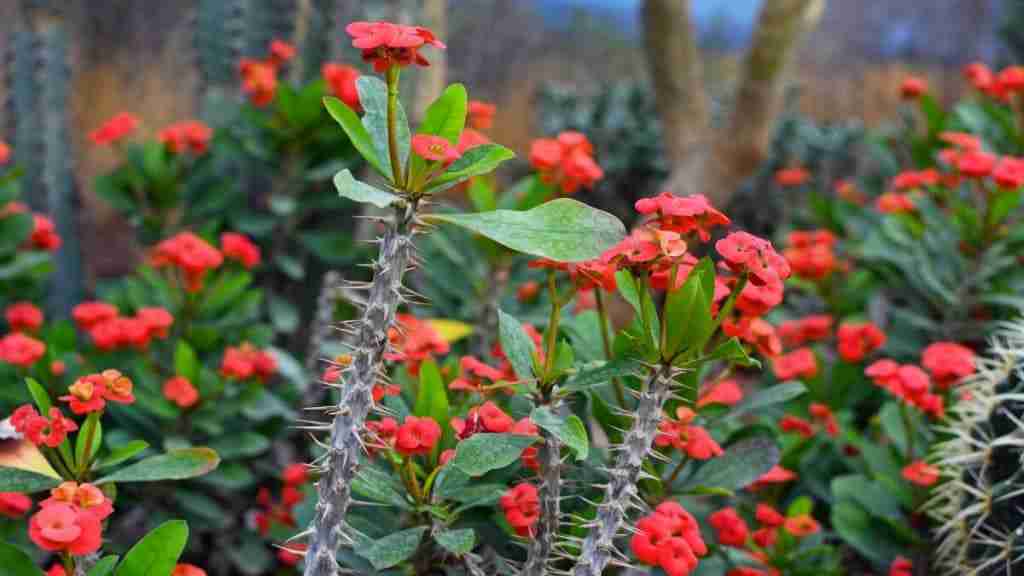
Jelly bean Succulents
Also known as pork and beans, this succulent plant features green leaves, but its tips tend to turn red when exposed to too much sunlight. It’s among the easiest succulents to propagate and it’s a perfect addition to any leaving space thanks to its vibrant colors. If you love succulents with flowers, you’ll also love the fact that this succulent produces star-shaped flowers.
The only downside of the jellybean succulent is the fact that it has very fragile leaves. They tend to drop off the plant. You can propagate a jellybean succulent from its drop leaves or stem cuttings. The drop leaves are the easiest to propagate.
All you need to do is to collect the leaves and leave them to dry for about 2 to 3 days. After this, you can place them in well-drained soil and wait for them to root.
If you decide to use the stem cuttings, you may have to wait longer for the fresh cuts to dry up. However, the propagating process is the same – add some honey to the dried end and place on the soil as you wait for rooting.
You should also know that this succulent, like many others, shouldn’t be overwatered. Doing so will cause the plant to rot.
Also see: How To Keep Ants Off Strawberry Plants: Here’s How To Do It
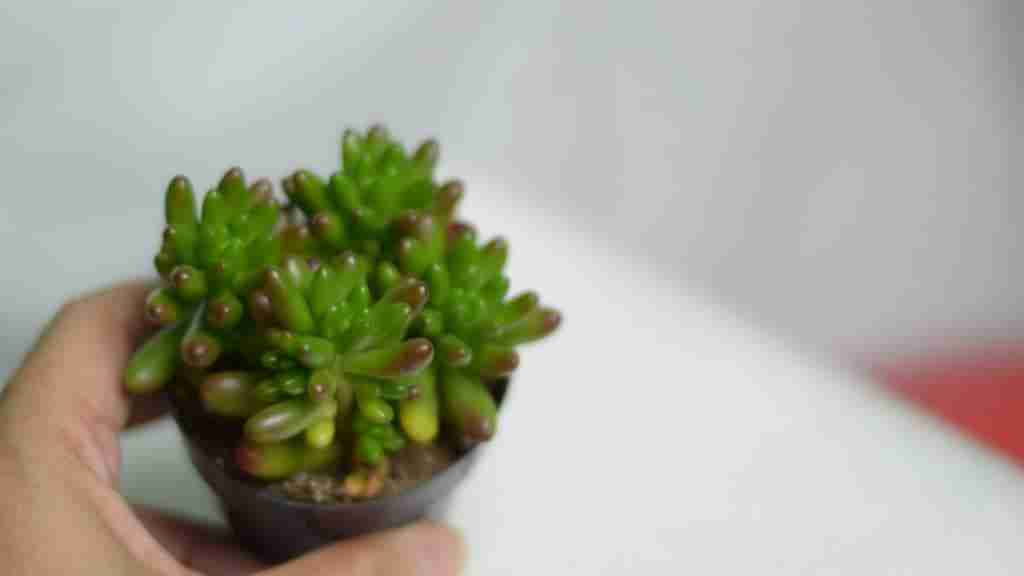
Grab Some Raw Honey
Succulents are by far the easiest plants to take care off. Even if you don’t have a green thumb, keeping them alive is relatively easy considering you don’t have to do much. And the best part is, propagating these plants is also a breeze. If you have some good old honey, you can add most succulent plants to your collection.
Just make sure the cuttings don’t come apart when you’re taking them off the plant, especially if you’re using the leaves. You need them to be whole for the propagation to work. Also, give the cuttings enough time to dry and form calluses before adding the honey or burying them to prevent infection.
And when you finally coat the dry ends with honey, it’s best to give the plant some time to root before burying them in soil. Also, be patient. Succulents take some time to sprout and become full.


